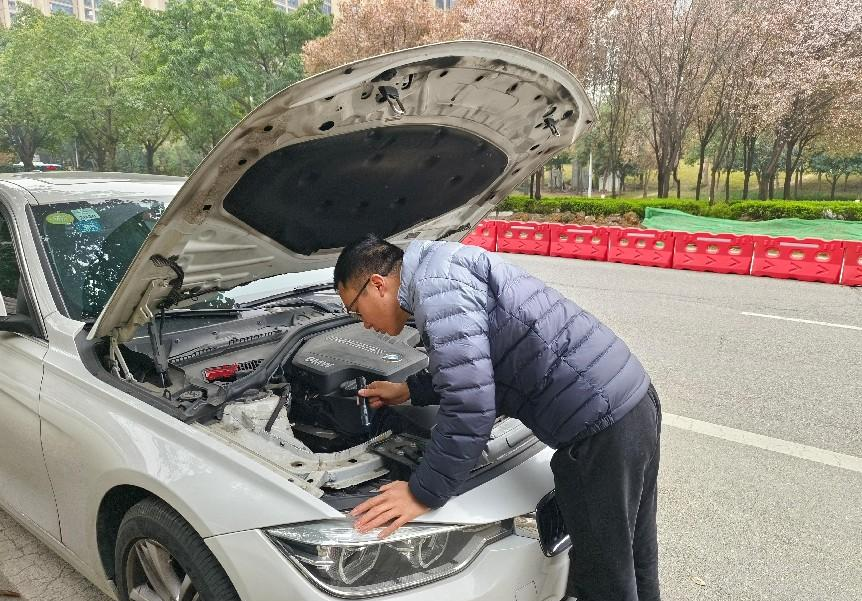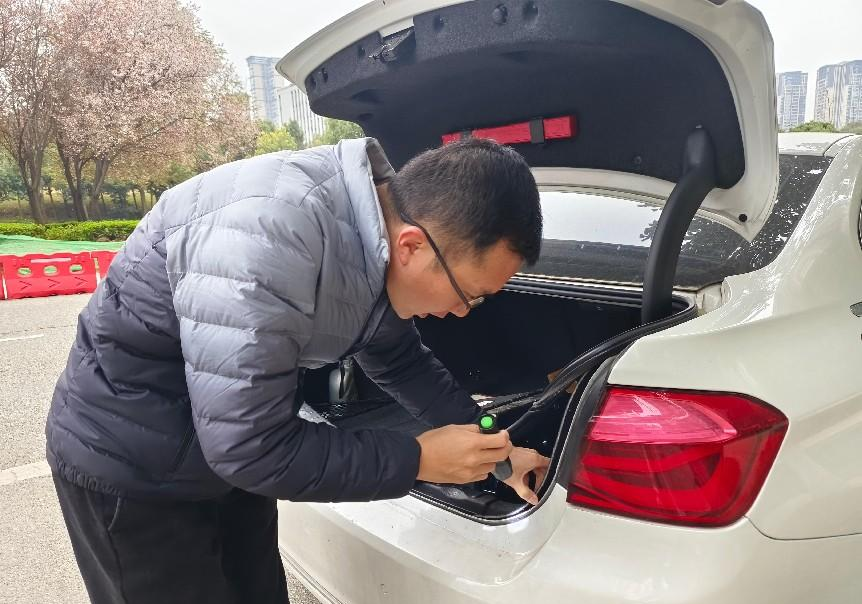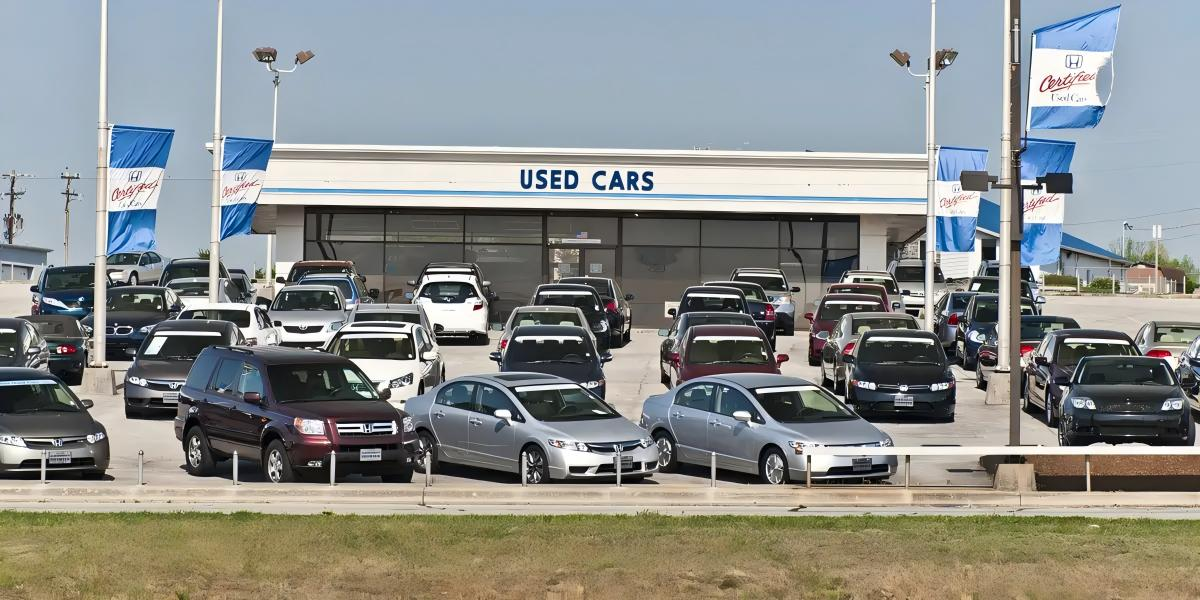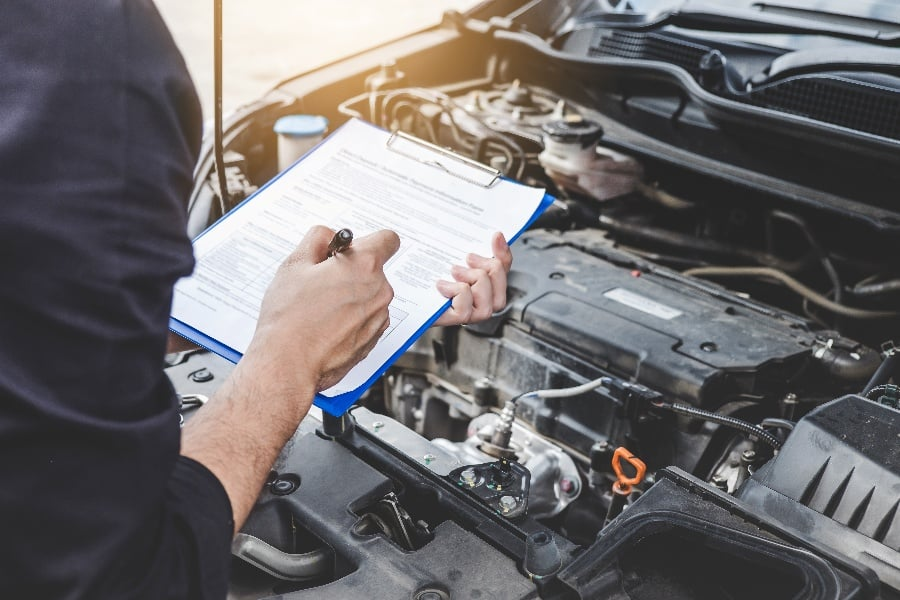Reporter: DANIEL Zhao
In today’s increasingly thriving used car market, vehicle appraisal is an indispensable component of the transaction process. Its accuracy and efficiency directly impact the healthy development of the market and the protection of consumer rights, while also serving as a reflection of a nation’s technological capabilities in the automotive sales and service industry.
To address the current issues in vehicle appraisal work—such as high subjectivity and low efficiency—Huo Jihua, an Automobile Appraiser at Sichuan Yuxinji Asset Appraisal Co., Ltd., has drawn on his profound professional expertise and spirit of innovation to successfully develop the Vehicle Damage Location Display and Processing System Based on Image Processing Technology V1.0. This system effectively solves the aforementioned issues and has earned wide recognition within the industry. Not only has it achieved significant results in the Chinese market, but it also holds strong potential to make a deep impact on the used car appraisal field in the United States.
A Crystallization of Technological Innovation
Structurally, the Vehicle Damage Location Display and Processing System Based on Image Processing Technology V1.0 consists of five closely integrated modules: an image acquisition module, a feature extraction module, a damage detection module, a 3D model display module, and a user interaction module. Among these, the damage detection module and the 3D model display module form the system’s core. The damage detection module uses advanced classification algorithms (such as Support Vector Machines and Convolutional Neural Networks) to accurately detect and locate vehicle damage based on critical features like edges, shapes, and textures extracted by the feature extraction module. It can precisely determine the location of damage on the vehicle model. Meanwhile, the 3D model display module loads the vehicle’s 3D model and visually marks the detected damage points, presenting the damage clearly and intuitively to users. Through the collaboration of all modules, the system establishes an efficient and accurate process for displaying and processing vehicle damage locations.

Huo Jihua at Work
Since its development, the system has been tested and applied in various regions across China’s used car appraisal industry. Its comprehensive performance has received positive feedback from front-line professionals. First and foremost, the system greatly simplifies the vehicle damage detection workflow. Traditional appraisal methods rely heavily on visual inspection and appraiser experience, making the process time-consuming and prone to subjectivity. In contrast, the system uses a 360-degree panoramic scan via the image acquisition module to collect vehicle exterior data within just 10 seconds. The feature extraction module, utilizing multispectral imaging technology, captures 132 types of micron-level damage features such as variations in paint thickness and structural deformations, enabling automated vehicle inspections. Test data shows that the system reduces the misjudgment rate of structural damage by 89% compared to manual inspection, and cuts evaluation time to under 8 minutes.

Secondly, the system significantly improves accuracy and reliability. Leveraging advanced classification algorithms and 3D visualization technologies, it accurately identifies the type, location, and severity of vehicle damage, providing robust technical support for vehicle repair and insurance claims. After implementation in a major used car trading center in Southwest China, the center's daily appraisal volume rose from 80 to 220 vehicles. The insurance claim processing period was reduced from five working days to just 1.7, and insurance dispute cases dropped by 43% year-on-year—saving nearly ten million yuan in operating costs.
Solving Challenges Across the Ocean
Following a series of domestic successes, Huo Jihua turned his attention to the United States. As one of the world’s largest used car markets, the U.S. has long held a leading position in vehicle appraisal. However, the industry still faces persistent challenges. Behind the staggering annual transaction volume of over 40 million vehicles lie three key issues: vague valuation standards, inefficient detection procedures, and insufficient transparency of information. At the same time, growing consumer demands for vehicle quality and safety have raised the bar for professionalism and reliability in appraisal practices.

To meet the unique demands of the U.S. market, Huo Jihua led his R&D team in conducting an in-depth technical adaptation of the Vehicle Damage Location Display and Processing System Based on Image Processing Technology V1.0. In terms of data compliance, the system adopts a federated learning framework, ensuring data isolation under varied state regulations and enabling cross-regional use by car owners across the United States. Additionally, through continuous learning and optimization of its algorithmic models, the system can gradually adapt to diverse vehicle types and conditions, enhancing both accuracy and efficiency in vehicle appraisal. The system’s built-in appraisal standards library is expected to integrate with six major valuation systems, including NADA and Kelley Blue Book. The user interaction module is now equipped with Augmented Reality (AR) functionality—consumers can simply scan a VIN code to access a 3D damage model, allowing car owners to quickly understand the specific issues with their vehicles.
Another key feature of the system is its capability to build an open API ecosystem, enabling integration with advanced technologies such as the Internet and Big Data. It also supports deep integration with platforms like Carfax for vehicle history data and Tesla’s electronic maintenance records. These features not only ensure the system’s own damage detection performance but also elevate it into a data hub that connects dealers, insurance companies, and consumers.

Furthermore, the system boasts high adaptability and flexibility. Tailored to the specific characteristics and needs of the U.S. used car market, it can be custom-developed and optimized to suit different appraisal institutions and personalized user requirements. This level of customization significantly enhances the system’s competitiveness and appeal in the U.S. market. It can be said that this technological achievement—three years in the making—not only reached a 97.3% damage recognition accuracy rate in the Chinese market but, thanks to its unique modular architecture and intelligent core, has become a true "technological key" to solving the long-standing issues in the U.S. used car appraisal industry.
Postscript
The Vehicle Damage Location Display and Processing System Based on Image Processing Technology V1.0, developed by Huo Jihua, holds profound significance for the U.S. used car appraisal industry and promises tangible benefits for all stakeholders. For appraisal institutions, it improves work efficiency and accuracy while reducing operational costs and risks. For consumers, it delivers more transparent and fair appraisal results, safeguarding their legal rights. For insurance companies, the system reduces instances of denied claims due to insufficient evidence, thereby lowering claim costs and associated risks.
In an era of intensifying global technological competition, the innovative practices of Huo Jihua’s team prove that truly transformative technological breakthroughs not only emerge from addressing domestic market needs but also gain momentum through open architectures that enable international scalability. For the U.S. used car industry—eager for digital transformation—this technological innovation from the East may well usher in a new era of intelligent appraisal.